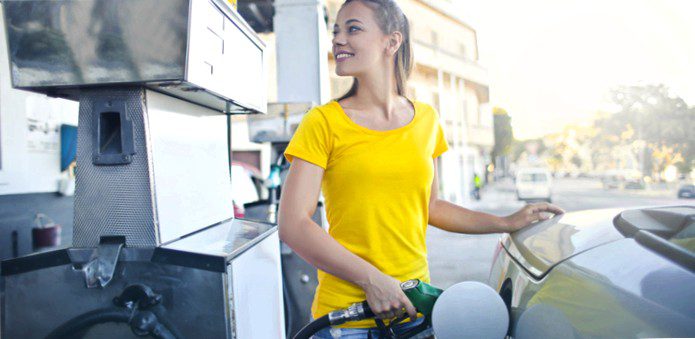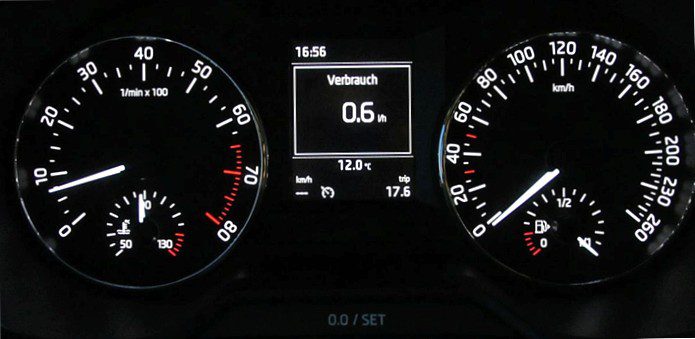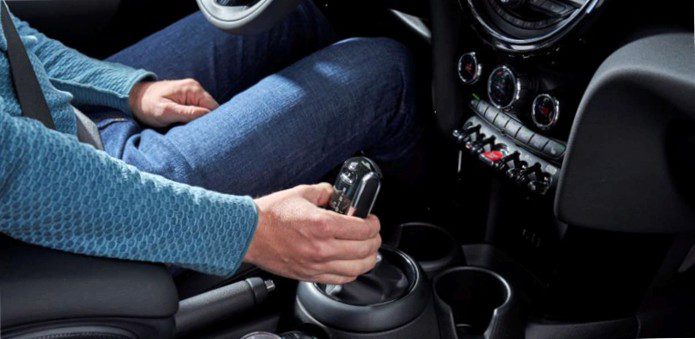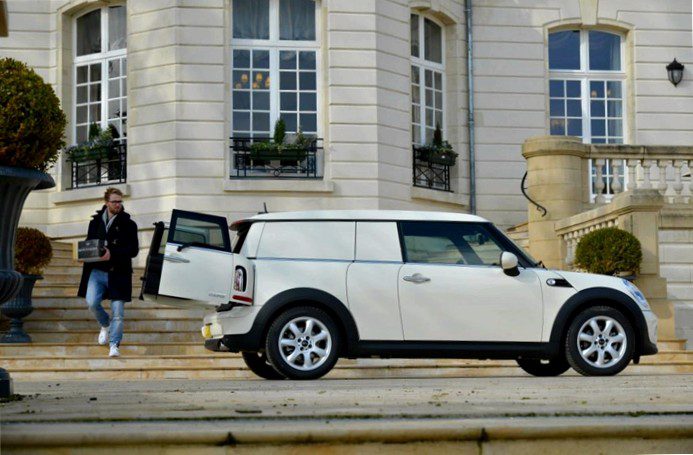
Start-stop systems, brake energy recovery, aerodynamic car bodies and lightweight construction: There are numerous techniques automakers are using to try to increase the efficiency of their vehicles. Compared to the past, passenger cars have become much more environmentally friendly. However, there are still major differences from model to model.
The moment you buy a new car, you should pay attention to fuel consumption and CO2 emissions. For example, depending on the manufacturer, there are technologies that promise more fuel-efficient engines. In addition, you should inform yourself before buying, whether the manufacturers for the desired model do not plan with new engines. Car manufacturers are constantly updating their model ranges to make them more fuel-efficient.
Save fuel with the right driving style
Drivers whose cars are not equipped with additional energy efficiency measures should pay particular attention to their driving style in order to reduce fuel consumption and CO2 emissions. Even with cars that already belong to very good consumption classes, one or two additional drops of fuel can be saved by observing a few rules. The goal should not be to set a fuel consumption record by any means, but to reach your destination safely, dynamically and effectively.

Reduce speed
The most obvious way to reduce the consumption of the vehicle is to reduce the driving speed. Since most drivers – for a variety of reasons – are sometimes in a hurry, the argument that "time is money" has only limited force. If you are not prepared to drive at 110 km/h on the highway, you should at least make sure that you stay about 20 percent below the maximum possible speed of your car and do not completely exhaust the engine power, because this pushes fuel consumption to the extreme.
It is also advisable to maintain a constant speed and to use the gas as little as possible. For example, someone who drives 110 km/h for half an hour and 150 km/h for half an hour generally consumes more than someone who maintains a speed of 130 km/h for the full hour. Drivers should always keep the following rule in mind – especially when traffic is heavy: It's easier to leave a little early than to take time out.
Avoid idling
Reducing speed, however, is far from the only way to reduce the car's fuel consumption. An efficient driving style begins – quite banally – with the right driving off. After starting you should drive off with your car directly. Warming up the engine costs fuel and harms the environment.
When waiting in traffic jams, at traffic lights or at railroad crossings, it is advisable to switch off the engine. Practical helpers are the modern start-stop systems, which are already standard equipment in many models.

Change gears early
Besides speed, gear shifting also has a great influence on driving efficiency. Drivers should shift into the higher gears as early as possible. As long as the engine does not jerk, downshifting is not necessary, d. h. as long as the speed is not below approx. 1500 revolutions per minute lies. It's more fuel efficient to accelerate in high gear with lots of throttle than to drive in low gear with high revs and the gas pedal barely depressed.
As indicated earlier, it makes sense to start with ca. 90 percent power to increase the speed, instead of gradually approaching the desired speed by prolonged depressing of the pedal. At full load, the engine achieves its best efficiency. Once cruising speed is reached, drivers should use the gas as little as possible.
Driving with foresight means: braking less
A few drops of fuel can also be saved by driving with foresight and – associated with this – reducing braking operations. Each braking process converts kinetic energy into heat and costs fuel.
In addition, it makes sense to brake degressively, i.e. "decreasing", instead of progressively ("increasing"), both for efficiency and safety reasons. When driving on hills, it is advisable to avoid accelerating and braking as far as possible, as both processes lead to high loads on the engine.

Avoid unnecessary ballast to save diesel and gasoline
In addition to the aspects mentioned so far, the weight of the car also plays a not insignificant role in fuel consumption. Unnecessary ballast such as a roof rack should be removed by the driver when not in use. The same applies to non-essential transport goods.
It should also be noted that comfort elements such as heated seats or air conditioning are auxiliary units that consume electricity and fuel. However, occupants should definitely not do without a well air-conditioned car for safety reasons. However, if the car was in the sun, it is recommended to use the full cooling power only on the first few meters of driving and then reduce the temperature to approx. 21 degrees Celsius down to regulate.
Car maintenance
In addition to an adapted driving style, proper car maintenance and equipment can also help save fuel. Checking the tires plays an important role. The pressure of the tires should be at least at the recommended level to reduce rolling resistance. It may also be 0.1 to 0.3 bar higher, but not higher than the value recommended by the manual at full load.
When buying tires, it makes sense to invest a few euros more in exchange for specimens with the lowest possible rolling resistance. In addition, motorists should not skimp on engine maintenance. The drive can only work particularly effectively if it is correctly adjusted and technically flawless. Worn spark plugs and clogged air filters should be replaced as a matter of urgency. Furthermore, the use of fuel-efficient oils can be worthwhile in the long run, even if they are more expensive than simple mineral oils.
When is refueling cheapest?
In addition to the above measures, the timing of refueling also plays an important role. Fuel prices not only change daily, but can also vary from hour to hour. The best – meaning cheapest – time to fill up is in the evening, between 6 and 10 p.m. This can save some money even as fuel prices rise. Morning drivers, on the other hand, have to dig deeper into their pockets.
It is better to do without the car for short trips
Last but not least, price information from gas station apps, avoiding rush hour, carpooling, and using park&ride can all help Ride (depending on the opportunity) to contribute to cost savings. Whether or not it makes more sense to leave the car at home for short journeys is a question that drivers have to decide for themselves on a case-by-case basis.
Do you want to be independent of rising diesel and gasoline prices on the road? How about a modern electric car? Benefit from our strong discounts and attractive leasing and financing offers as well as the e-premium.